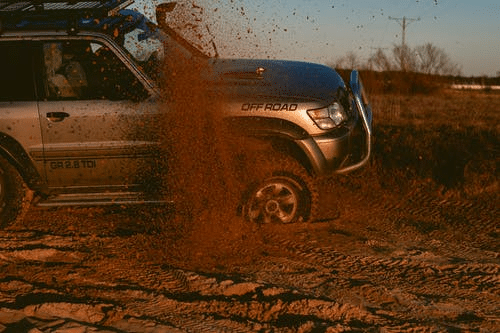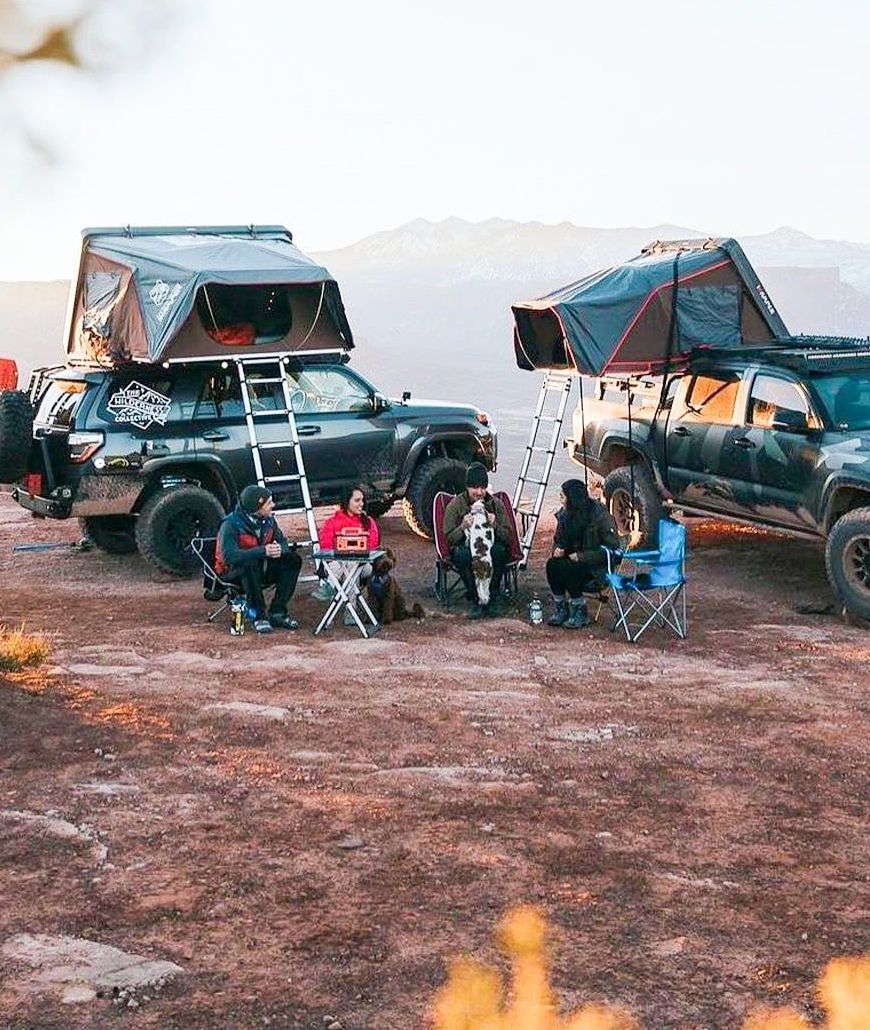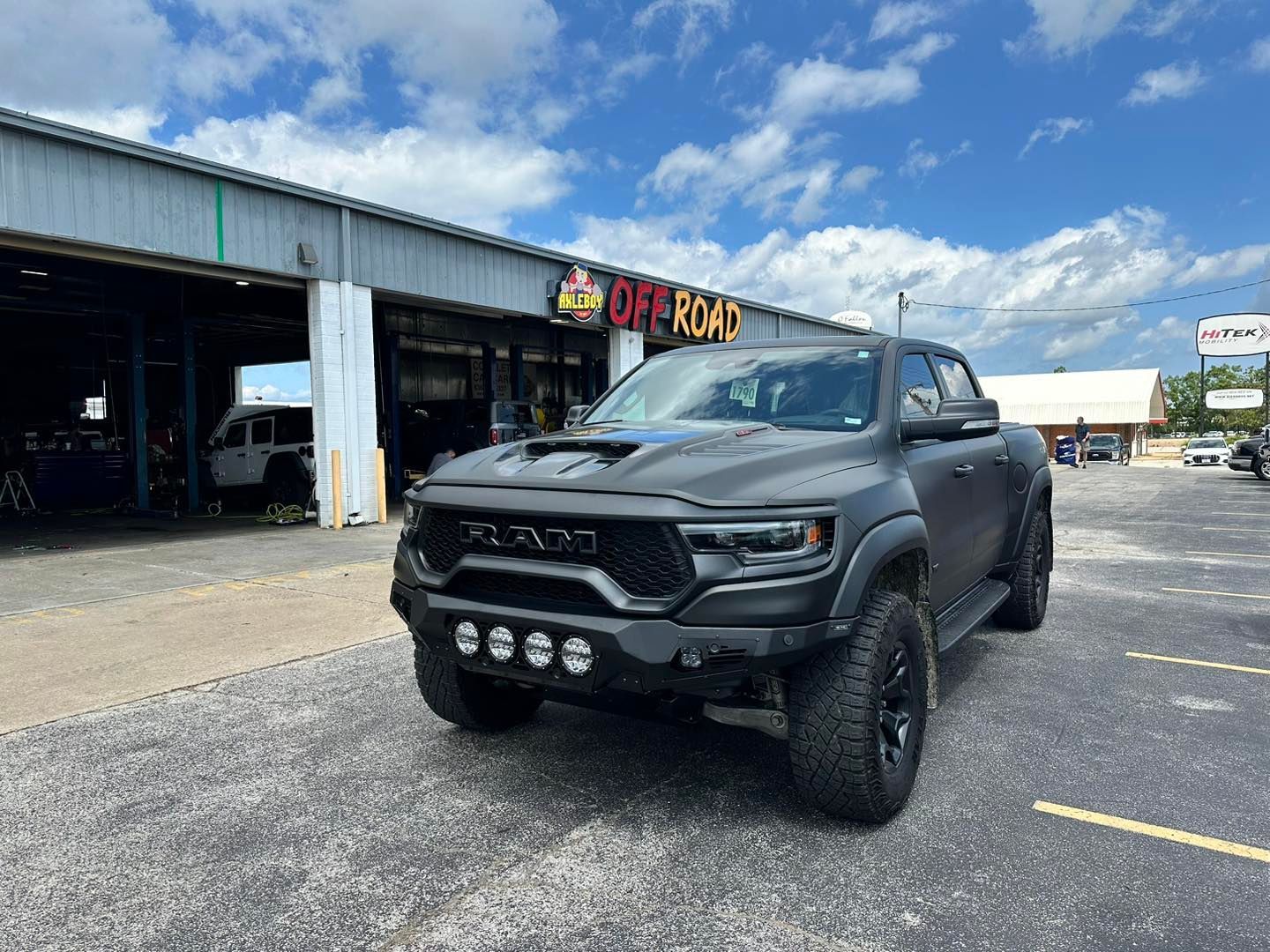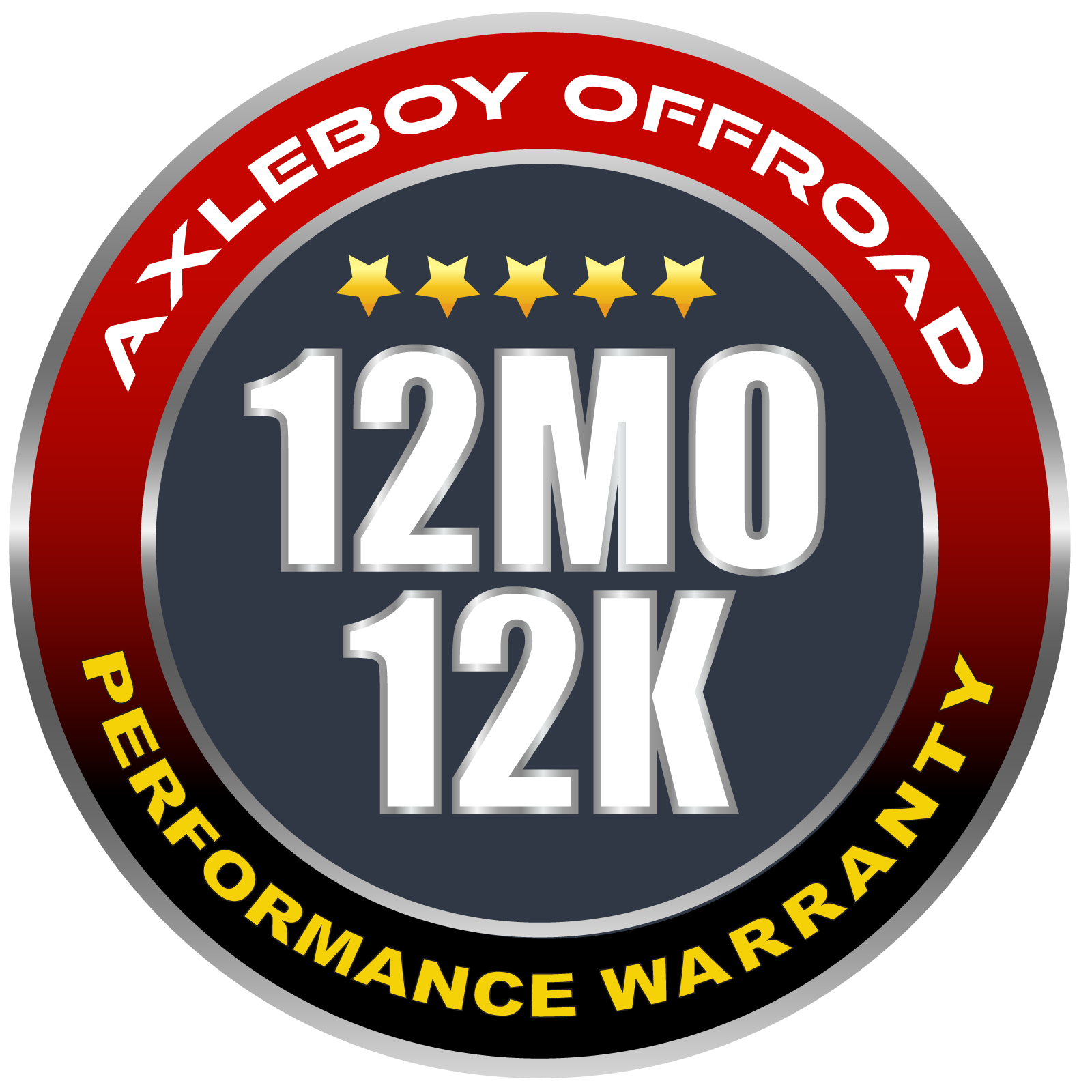Understanding Approach, Departure, and Breakover Angles
If you’re new to the world of 4WDing or you’re just starting your research into which vehicle you’d like, there’s likely been some mention of approach, departure, and breakover angles. Sure, there are other specs that you should consider, but these three angles are crucial. They all determine how much traction your tires will get when you’re off-roading.
Think about driving your vehicle onto an angled ramp. At a certain point, the ramp will be too steep for you to drive up without damaging the front end of your car. The same will be true for the rear end as you drive down. These are the basic fundamentals of approach, departure angles, and breakover angles.
What Is Approach Angle?
As you read above, an approach angle is the maximum upward angle of an inclined surface that your 4WD vehicle drives over. The bumper design and its overhang over the axis; rounded bumpers and higher ground clearance will give your vehicle a better chance of making it up steeper surfaces.
What Is Departure Angle?
Push the approach angle to the back of your vehicle and you have the departure angle. Referring to the angle of the surface you’re departing from, this angle is also determined by bumper choice and rear tire size.
What Is Breakover Angle?
Using the midpoint of the vehicle and the angles toward the back and front wheels, an apex is created called the breakover angle. If a vehicle travels over a surface high enough, the vehicle’s wheels will lose traction and even contact the road surface and cause it to tip or even turtle.
 How Are These Angles Calculated?
How Are These Angles Calculated?
When you’re shopping for a new or used 4WD or Jeep, manufacturers will provide you with these angles. However, if you’re looking at vehicles that have mods like lift kits, larger tires, or customized bumpers, you can measure these angles easily with some simple math.
The measurement from the point where the front tire meets the ground to the lowest part of your car, which is usually the front bumper — that’s your approach angle. Do the same at the back of the vehicle with the tire and bumper to find your departure angle.
To calculate the breakover angle, you’ll need to know your vehicle’s ground clearance and wheelbase measurements. You can then use a handy online calculator like this one to figure out the breakover angle of your 4WD vehicle.
Why Are These Angles Important?
By now it’s clear to understand why you would want to know your angles, whether you’re off-roading or talking to us about modding your 4WD vehicle. Not only does watching your angels help improve the quality of the ride, but it also mitigates the chance that you could damage your ride. If you’d like to improve your angles, there are a few mods you could talk to us about.

Tires: It makes sense that taller tires will help improve clearance and breakover angles, but you may also need to make a few adjustments to your vehicle to make those tires work.
Lift: Okay, so you don’t want to make your tires bigger. You can get your vehicle lifted by professionals to improve clearance, but the keyword here is “professionals.”
Slimming Down: Could your 4WD vehicle stand to lose a little weight? Talk to our team about mods that could be removed or swapped out to reduce weight.
Armor: This won’t change your angles, but it’s a great way to protect the underside of your 4WD vehicle if you’re still unsure of your measurements.
What’s next? Come visit the pros! When you come to Axleboy for customization and modification to improve your angles, you’ll get the best service in town. That’s because we are the leading experts when it comes to anything 4WD and Jeep-related. We know which upgrades to recommend based on your usage and previous modifications. We’ll never steer you in the wrong direction!
The post Understanding Approach, Departure, and Breakover Angles appeared first on Axleboy Offroad - St Louis.
More Posts From Our Blog











